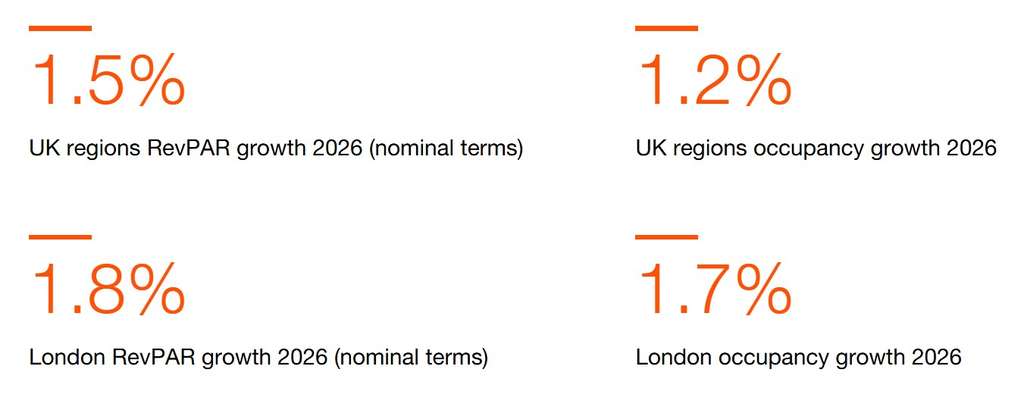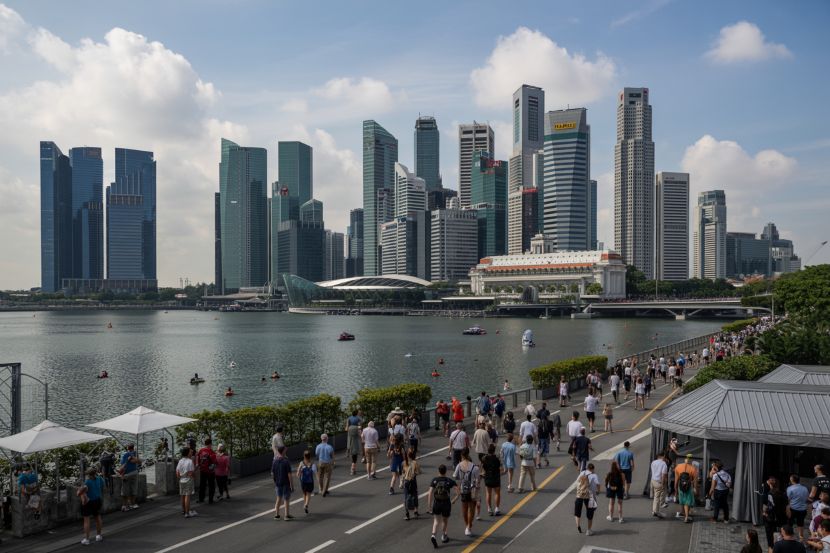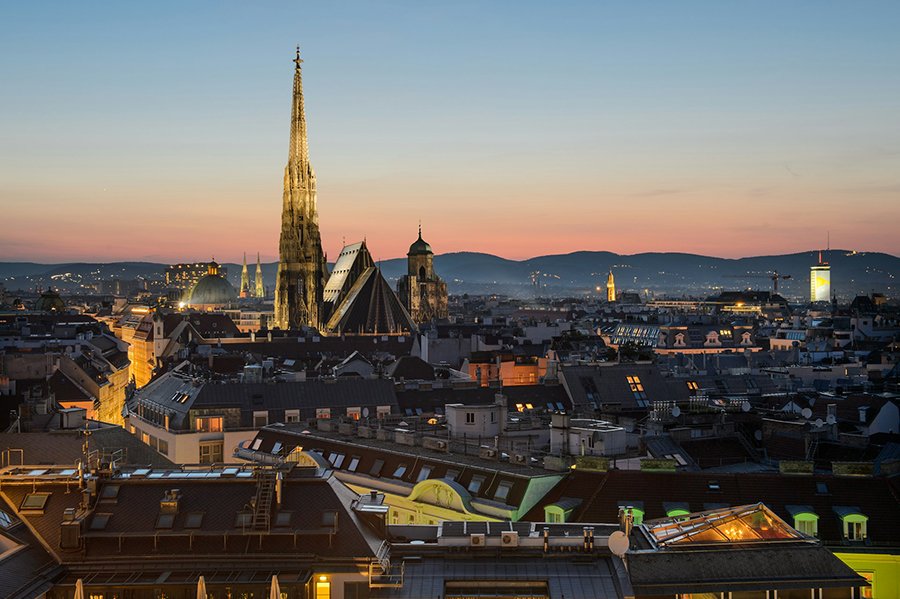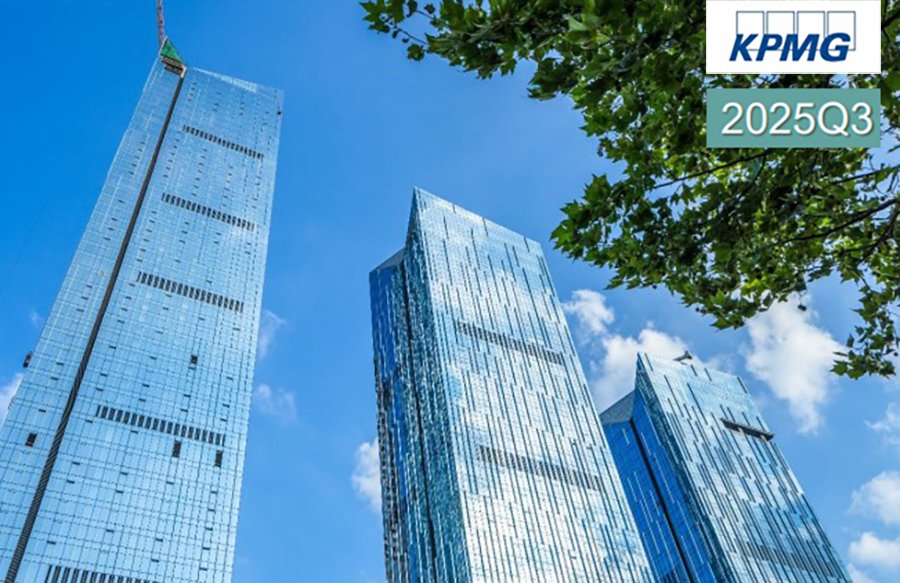читайте также
 Vietnam Struggles With Severe Flooding: Deaths Reported, Tourists Trapped
Vietnam Struggles With Severe Flooding: Deaths Reported, Tourists Trapped
 PwC: UK Hotel Market Remains Resilient in 2026 — Time for Innovation, Efficiency, and Strategic Growth
PwC: UK Hotel Market Remains Resilient in 2026 — Time for Innovation, Efficiency, and Strategic Growth
 Private Jet Rentals Redefine Luxury Travel: The Emerging Trend of 2025
Private Jet Rentals Redefine Luxury Travel: The Emerging Trend of 2025
 Formula 1 Grand Prix Brings Singapore’s Hotel Market to Record-Breaking Heights in October 2025
Formula 1 Grand Prix Brings Singapore’s Hotel Market to Record-Breaking Heights in October 2025
 Austria’s Real Estate Market Accelerates: Sales Up Nearly 14%
Austria’s Real Estate Market Accelerates: Sales Up Nearly 14%
 Cyprus Real Estate: Prices Rise, Returns Fall
Cyprus Real Estate: Prices Rise, Returns Fall
The Most Affordable Cities in Finland to Buy Property

Photo: Unsplash
Housing prices in Finland remain moderate across most regions outside Helsinki. According to Investropa, the most affordable properties are located in the country’s eastern and central cities, where supply exceeds demand and demographic decline restrains price growth. This keeps the market from overheating and ensures more stable long-term price dynamics.
Among the cheapest cities in Finland are Varkaus, Imatra, Joensuu, Kokkola, and Kajaani. In these areas, one-bedroom apartments typically cost between €45,000 and €70,000, while detached houses can be found starting from €15,000. Prices here are roughly 60–70% lower than in Helsinki, where apartments usually range from €200,000 to €350,000. This gap reflects not only income levels but also the employment structure: smaller towns are dominated by traditional industries such as woodworking, machinery, and light manufacturing. Job cuts and youth outmigration have kept prices low, creating a stable yet illiquid property market.
Low housing prices are closely linked to regional economic patterns. South Karelia, home to Imatra, remains one of Finland’s most affordable regions. Its proximity to the Russian border and limited economic diversification have constrained housing demand. A similar trend is seen in Kainuu, with its capital Kajaani, where remoteness, aging demographics, and underdeveloped infrastructure weigh on the market. In rural areas of these regions, houses can be bought for as little as €25,000–30,000, though they often require major renovations and infrastructure upgrades.
Joensuu and Seinäjoki occupy an intermediate position. Their universities and administrative roles support steady demand and prevent a sharp fall in prices. The average apartment in Joensuu costs €60,000–85,000, with rents ranging between €500–700 per month. Seinäjoki is slightly more expensive but benefits from its status as a regional hub, ensuring greater market stability. These mid-sized cities attract internal migration, maintaining moderate but sustainable growth.
By contrast, Finland’s major urban areas—Helsinki, Tampere, and Turku—operate on an entirely different model. A high concentration of businesses, jobs, and transport infrastructure supports steady population inflows and price appreciation. In Helsinki, the average cost per square meter is €3,000–4,000, compared with €1,000–2,000 in smaller cities, and as low as €800 in some rural districts. Despite housing just 30% of Finland’s population, the capital accounts for around 60% of total housing value nationwide.

Climate and demographics play an increasingly visible role in shaping the market. The north and east of Finland are losing population faster than other regions. Over the past decade, Varkaus and Imatra have both seen population declines of 10–15%, directly impacting demand and buyer activity. In these areas, listings can remain unsold for over a year, while homes in Helsinki sell within months. For investors, the main concern is low liquidity, amplified by job losses and limited access to financing.
According to Investropa, gross rental yields in Imatra and Varkaus reach 6–7%, while Kajaani and Seinäjoki offer up to 8–9% — about twice the level seen in the capital. High returns reflect low entry prices and stable rental demand from students and local industrial workers.
Analysts at Global Property Guide estimate the average gross rental yield in Finland at 5.32%, compared to 4.14% in Helsinki. The highest returns in the capital — around 4.66% — can be achieved from a studio worth €194,000 rented for €753 per month. A similar property in the city center priced at €259,500 and rented for €1,000 yields roughly 4.61%.

In Tampere, the yield averages 4.44%; the most profitable segment is studios worth about €150,000, generating 5.21% per year. Turku shows an average of 5.16%, with three-bedroom apartments priced at €272,000 yielding 5.40%. Oulu performs slightly better at 5.42%, with studios around €110,000 rented for €560 achieving 6.10%. Jyväskylä leads the list with 7.43% average yields — a one-bedroom apartment priced at €95,500 can return 8.54%, and a studio at €89,000 yields 7.82% annually.


Buying property in smaller Finnish cities comes with several investment risks that must be carefully assessed. The key challenge is low liquidity — selling a property may take one to two years, compared to just a few months in major urban centers. The second major factor is demographic decline, which steadily reduces housing demand and keeps pressure on prices.
The rental market can also be volatile: while potential yields look attractive on paper, vacancy periods may reach three to six months, especially outside university towns. Maintenance costs in older housing stock often exceed expectations due to Finland’s harsh climate and limited contractor availability. Moreover, local economies that depend on a single industry are highly vulnerable to employment shocks.
Additionally, foreign buyers should note that real estate transactions are banned for Russian and Belarusian citizens, significantly narrowing the investor base.
Подсказки: Finland, real estate, housing market, affordable cities, property investment, rental yields, Imatra, Varkaus, Kajaani, Joensuu, Seinäjoki, Helsinki, Tampere, Turku, Oulu, Jyväskylä





